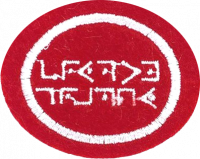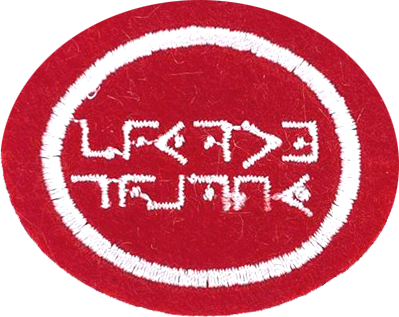Difference between revisions of "AY Honors/Cryptography/Answer Key"
m (Cleaning up categories) |
m |
||
| Line 1: | Line 1: | ||
{{HonorSubpage}} | {{HonorSubpage}} | ||
| − | <section begin="Body" /> | + | <section begin="Body" /> |
{{ansreq|page={{#titleparts:{{PAGENAME}}|2|1}}|num=1}} | {{ansreq|page={{#titleparts:{{PAGENAME}}|2|1}}|num=1}} | ||
<noinclude><translate><!--T:22--> | <noinclude><translate><!--T:22--> | ||
Revision as of 14:25, 2 January 2023
1
Cryptography, or cryptology, is the art of concealing messages in order to keep them private or confidential.
When the message is encoded, only those who have been given the key or code book will know how to decode the secret message.
Steganography is the art of hiding the message with a "cover" so that what people see is the cover without realizing there is a secret message hidden within or under it.
2
2a
2b
Decryption is the reverse process where the unintelligible cipher text is converted back to plain text (normal text).
2c
2d
2e
3
The word cipher comes from the Arabic word SIFR, meaning "empty" or "zero."
4
Scytale in Greek means a baton.
5
The first Enigma was invented by German engineer Arthur Scherbius at the end of World War I.
6
Code talkers refer to Native American soldiers who talk using a coded language to transmit secret messages over the radio.
7
The Navajo language was an unpublished language and no books in Navajo had ever been published.
8
The decree by Ptolemy V written on the Rosetta Stone appears in three languages.
9
10
A transposition cipher is a method of encryption by which the positions held by units of plain text are shifted according to a regular system to create the cipher text.
11
A substitution cipher is a method of encryption by which the units of the plain text are replaced with other symbols which need not be the same as those used in the plain text.


